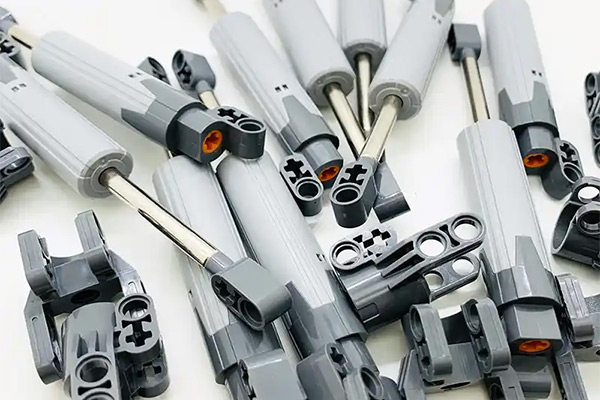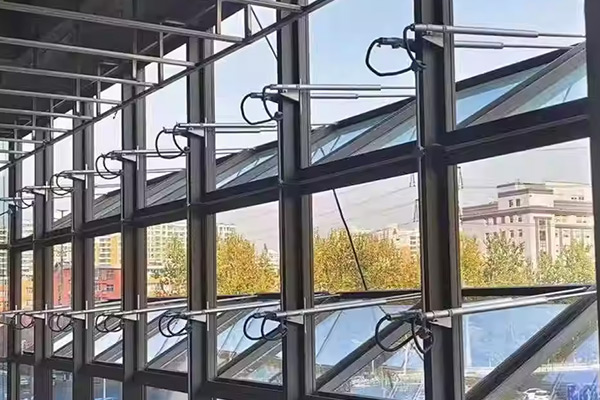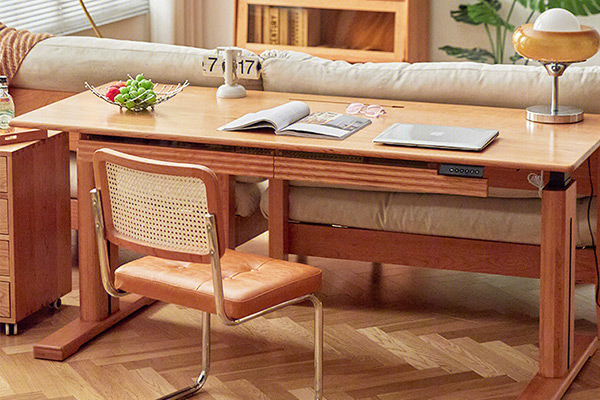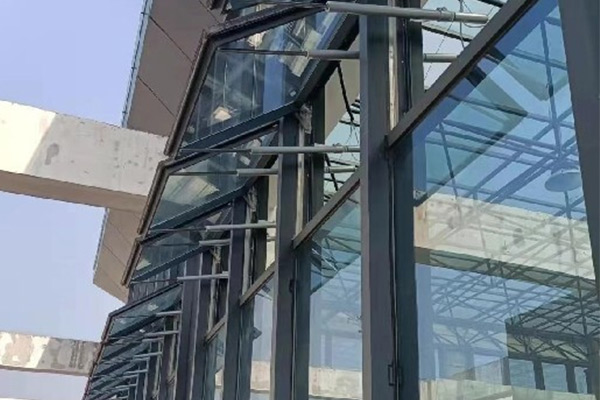A Different Hidden Experience: A Comprehensive Comparison of Motorized TV Lifts and Hidden Projection Screens
In modern home design, the practice of concealing the television has become a popular trend. We are moving away from bulky and obtrusive “black boxes” in favor of clean and open visual spaces. There are two primary solutions to achieve this: Motorized TV Lifts and hidden projector screens. While both aim to hide display devices, they have significant differences in function, experience, and ideal use cases.
1. How They Work and What They Show
Electric TV Lifts:
How They Work: An electric TV lift uses a motorized mechanism to raise or lower a physical television from inside a cabinet, a bed footboard, or even the ceiling.
What They Show: They present a high-definition, bright LCD or OLED TV display. Picture quality is not affected by ambient light, and colors are vivid with high contrast.
Hidden Projector Screens:
How They Work: A hidden projector screen is typically installed in the ceiling or a partition wall and requires a projector. When it’s time to watch, the screen descends, creating a large viewing wall.
What They Show: This method presents an image projected onto a screen by a projector. The screen size can be very large, offering an immersive, cinema-like experience. However, the picture quality is affected by ambient light, so it works best in a dark environment.
2. Space and Installation Requirements
Space Requirements: There are some space constraints. Whether it’s a cabinet, desktop, or ceiling installation, you need to reserve enough depth and height to accommodate the lift mechanism and the TV itself.
Installation Difficulty: Installation is relatively simple. It can be integrated into existing furniture or planned for during a renovation.
Hidden Projector Screens:
Space Requirements: These have stricter requirements for the overall room space. You need an entire blank wall or partition for the screen, and the projector needs enough throw distance to project the desired image size.
Installation Difficulty: This is more complex. It usually requires pre-wiring the screen and projector into the ceiling or walls, and precise calculations for throw distance and angle are necessary.
3. Viewing Experience and Use Cases
Electric TV Lifts:
Viewing Experience: The experience is similar to a traditional TV—it's instant and not affected by ambient light. It’s perfect for everyday casual viewing in living rooms or bedrooms.
Use Cases: Ideal for users who want to watch TV in a brightly lit environment or who demand high picture quality.
Hidden Projector Screens:
Viewing Experience: Offers a stronger cinematic feel, great for watching movies, sports, or playing games in a large space. However, you'll need to close the curtains to create a dark environment.
Use Cases: Best as the centerpiece of a home theater system or for special occasions where a massive screen is desired.
4. Cost and Maintenance
Electric TV Lifts:
Cost: The lift mechanism itself is relatively affordable, but you must factor in the cost of the TV.
Maintenance: Maintenance primarily involves caring for the lift mechanism. The TV itself requires no special upkeep, just like any other television.
Hidden Projector Screens:
Cost: The screen itself is relatively inexpensive, but high-quality 4K projectors can be pricey.
Maintenance: Projectors require periodic bulb replacement or cleaning, and the screen needs to be kept free of dust.
How to Make Your Choice
To decide between a Motorized TV Lift and a hidden projector screen, ask yourself a few questions:
What do you value most? If you prioritize clear viewing anytime and demand high picture quality, an electric TV lift is the better choice. If you want an immersive, cinema-like experience, then a hidden projector screen will be more impressive.
What are your space limitations? If your room is small or you don't have an entire blank wall for projection, a TV lift is more flexible. If your living room is spacious and you have a professional AV setup, a projector screen will maximize its potential.
Ultimately, these two hidden devices are not competing products but rather two perfect solutions for different needs and scenarios. They both represent the pursuit of a balance between aesthetics and function in modern home design, offering you a unique hidden experience.
-

A Different Hidden Experience: A Comprehensive Comparison of Motorized TV Lifts and Hidden Projection Screens
-

A Different Hidden Experience: A Comprehensive Comparison of Motorized TV Lifts and Hidden Projection Screens
-

A Different Hidden Experience: A Comprehensive Comparison of Motorized TV Lifts and Hidden Projection Screens
-

A Different Hidden Experience: A Comprehensive Comparison of Motorized TV Lifts and Hidden Projection Screens

